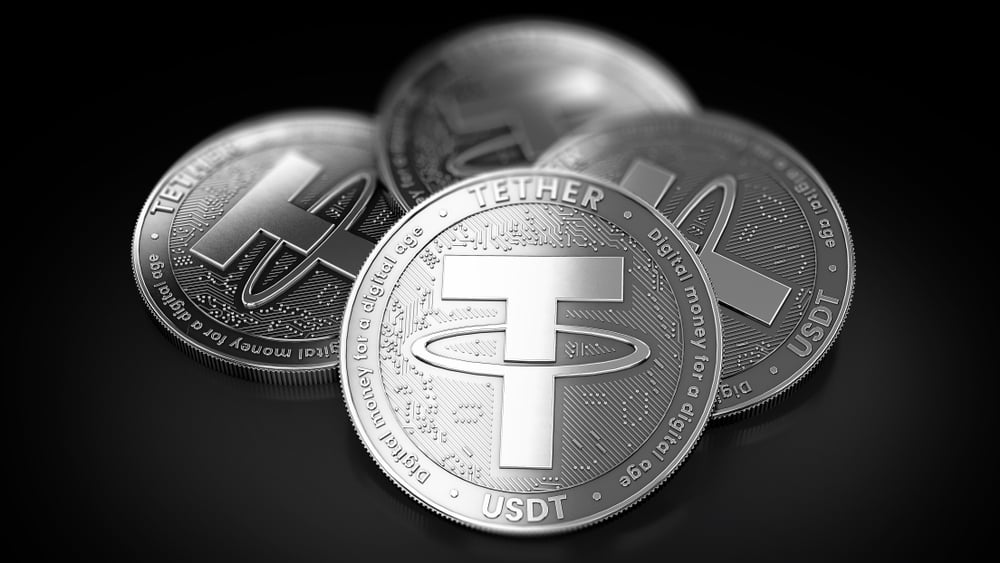
The world of stablecoins, cryptocurrencies designed to maintain a stable price usually pegged to the US dollar, has been rocked by a lawsuit accusing Tether, the issuer of the world’s largest stablecoin USDT, of manipulating the Bitcoin market and inflating its price through unbacked USDT issuance. This $41 million lawsuit, filed in a New York court, throws a spotlight on the potential risks and vulnerabilities within the supposedly stable world of stablecoins.
The lawsuit, filed by crypto investor Donald Tapscott, alleges that Tether, along with affiliated exchange Bitfinex, printed billions of untethered USDTs and used them to buy Bitcoin, artificially inflating its price. This alleged manipulation, the lawsuit claims, caused significant financial losses for investors who bought Bitcoin at artificially inflated prices.
Tether has vehemently denied these accusations, calling them “meritless” and “a publicity stunt.” They maintain that all USDT tokens are fully backed by US dollars held in their reserves. However, the lack of transparency surrounding Tether’s reserves and the opaque nature of its operations have long fueled suspicion and concerns within the crypto community.
This lawsuit raises crucial questions about the stability and regulatory oversight of stablecoins. While pegged to fiat currencies like the US dollar, stablecoins often lack the transparency and rigorous audits associated with traditional financial instruments. This lack of transparency can create fertile ground for potential manipulation and abuse.
The potential consequences of this lawsuit are far-reaching. If the allegations against Tether are proven true, it could have a devastating impact on the entire cryptocurrency market. A loss of trust in USDT, the most widely used stablecoin, could trigger a domino effect, impacting other cryptocurrencies and potentially leading to a market crash.
Furthermore, this lawsuit could also trigger stricter regulatory scrutiny of stablecoins. Regulators worldwide are already grappling with how to regulate this emerging asset class, and this lawsuit could provide further impetus for stricter oversight. This could include stricter reserve requirements, transparency mandates, and even potential licensing regimes for stablecoin issuers.
The outcome of this lawsuit remains to be seen, but it has undoubtedly cast a shadow over the world of stablecoins. While stablecoins offer convenience and stability in the volatile world of cryptocurrencies, the lack of transparency and potential for manipulation raise concerns about their long-term viability. This lawsuit serves as a stark reminder that the world of cryptocurrencies, despite its innovations, still faces significant challenges and requires robust regulatory frameworks to ensure investor protection and market stability.
